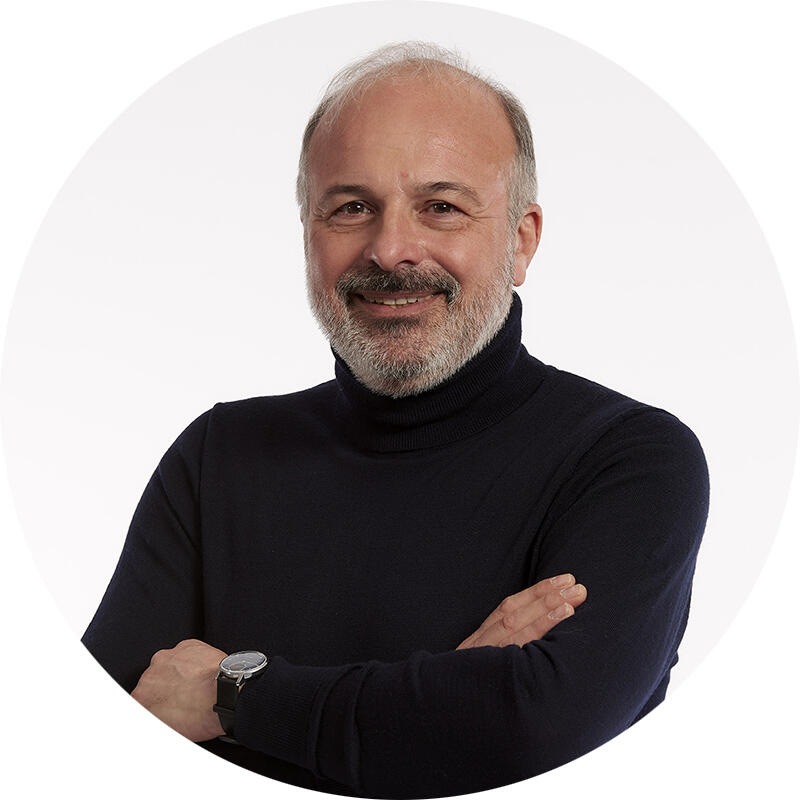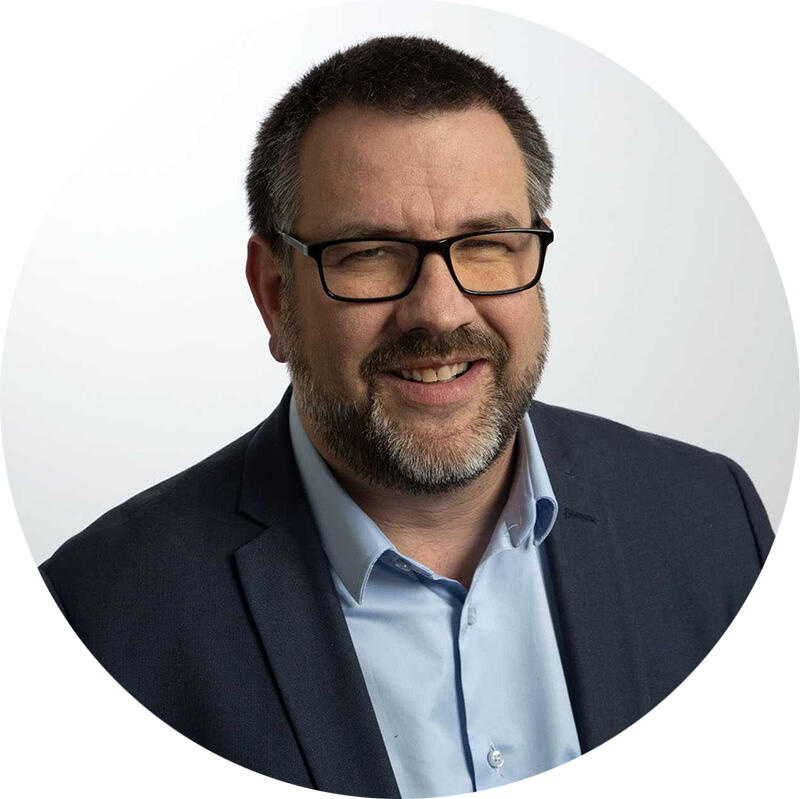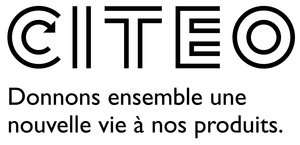
Citeo-CTP partnership (2022-2028)
Six years to unleash the full potential of paper and board!
Aim of the project
Developing their innovative solutions at an industrial scale to make them available to companies in tangible ways, and hence meet the expectations of consumers. We put three questions to Gilles Lenon, Managing Director of the CTP, and Jean-François Robert, Technical Manager for Fibre and Glass at Citeo.
Interview with...
 |
 |
|
| Gilles Lenon Managing Director of the CTP |
Jean-François Robert Technical Manager for Fibre and Glass at Citeo |
How would you sum up the past six years of partnership?
Jean-François Robert :
First of all, let’s not forget that R&D is a key driver of performance at Citeo, as we strive to reduce the environmental impacts of packaging materials. We devote more than 10 million euros to this each year. We cooperate with other organisations in a variety of ways, including calls for projects or expressions of interest, the Citeo Circular Challenge programme to accelerate and support innovation, and collaboration with research centres.
Since 2017, we have worked with the CTP in three main areas:
- guaranteeing the recyclability of paper and paper/board packaging;
- developing new properties for paper/board packaging, such as water and air barrier properties. One of our aims is to move towards single-material recyclable and biodegradable paper and board packaging solutions that meet market needs. Enhancing their transparency, closability, elasticity and ability to adopt different packaging shapes is another area of focus for our research;
- improving the new solutions developed and demonstrating that they are suitable for food contact, in compliance with health requirements.
The CTP is a leading organisation that is recognised internationally for the quality of its research and development in the paper and board sector, and the work carried out has been fruitful.
Gilles Lenon :
Yes indeed, our research has enabled us to push the boundaries of our knowledge and develop the properties of cellulose fibres, the raw materials of paper and board packaging. And do it without making them less recyclable via the existing routes.
Our successes include the E-bliss project to develop a transparent, heat-sealed packaging paper with a low grammage to wrap newspapers and magazines delivered by mail. This innovation will greatly benefit the press sector, enabling it to comply with regulatory restrictions on the use of plastics.
In recent years we have also rolled out a breakthrough technology called chromatogeny, for manufacturing cups without modifying their characteristics or making them less recyclable: it makes the paper/board water-resistant. How? By grafting a fatty acid molecule onto a small fraction of the molecules of the material surface. This makes paper/board cups suitable for both hot and cold beverages. To obtain a 100% cellulose single-material cup, we have one last step to complete: substituting the remaining 3% of non-biobased but biodegradable polymer, which creates a barrier to fat (in case you want to put milk in your coffee, for example) and provides a means of welding the bottom and sides of the cup together without using glue. This significant step forward has already been made possible thanks to Citeo. This “new-generation” cup has yet to obtain official food contact compliance certification; an application file will be submitted very soon.
The partnership with Citeo should now enable us to make this next-generation 100% cellulose cup a reality, since the CTP has already produced the first proofs of concept on its prototype pilot.
How will renewing this partnership for another six years enable you to take your work further?
Jean-François Robert :
With just over a million tonnes of paper and board household packaging sold each year and a recycling rate of 72% (and 1.6 million tonnes of printing paper, of which 62% is recycled), paper and board plays a prominent role in the circular economy. Driven by the growth of e-commerce in recent years, this material is in high demand and its market shares are set to continue increasing, judging by the growing interest it is attracting in the packaging sector.
Via this new Specific Innovation Programme we are going to step up our R&D work to boost the performance of this material even further while preserving its environmental credentials and its recyclability. And most of all, we are going to accelerate the industrial development of the solutions that prove to be effective. Upscaling is essential if we are to offer consumers tangible circular solutions that they can buy in retail outlets. On some markets, especially agri-food, hospitality, and beauty & personal care, businesses are eagerly awaiting single-material paper and board solutions. We must work hand-in-hand with them to bring our work to fruition. Citeo is cementing this enhanced partnership with a substantial financial commitment of at least 10 million euros over the six-year period.
Gilles Lenon :
What makes the CTP stand out from other European institutes is the fact that its activities and resources are geared as closely as possible to industrial needs. Its aim is to turn the results of its R&D programmes into an industrial reality. To achieve this, we need to work with all the players in the sector - producers and equipment manufacturers - to test the robustness of our technological breakthroughs in pertinent applications that can be developed at an industrial scale.
What projects are underway or in the pipeline, and for what applications?
Gilles Lenon :
Among our ongoing projects, two are particularly promising.
The first could give a second life to food trays! At present, most of the trays suitable for use as food packaging are petroleum-based, and only a minority are made from moulded cellulose because they still fall short of performance requirements. Their barrier properties are usually guaranteed through the application of a film of “plastic” or additives, both of which are gradually being restricted or banned by regulations. Finding a solution to this predicament is why the MC2 project, being implemented by the CTP, Citeo and eight industrial partners, was launched in 2021. What is its objective? To develop and validate food trays made of single-material moulded cellulose with water, grease and gas barrier properties. How? By harnessing a cutting-edge technology to deposit a coating of pure microfibrillated cellulose (MFC), which is biodegradable and can be recycled via conventional paper and board recycling routes. The MC2 project will hence give these food trays exceptional barrier properties. The target market segments are fast food and institutional catering. The project will run until 2023.
We are also working on cellulose fibre cushioning foam, which is particularly interesting for the e-commerce sector as it can replace polystyrene foams, for example, and make packaging easier to sort and recycle.
Jean-François Robert :
Through this Specific Innovation Programme we will continue our work in the main eco-design fields mentioned, while supporting their industrial development: ultrasonic welding as an alternative to gluing, discreet addressing in order to develop the naked mailing of magazines, and all work relating to barrier solutions.
But we also want to step up our efforts to innovate in the area of recycling: optimising material and energy performance, improving the quality of recycled materials, and anticipating changes in the composition of waste streams to be recycled, in line with changes in French consumer habits.
 |
 |